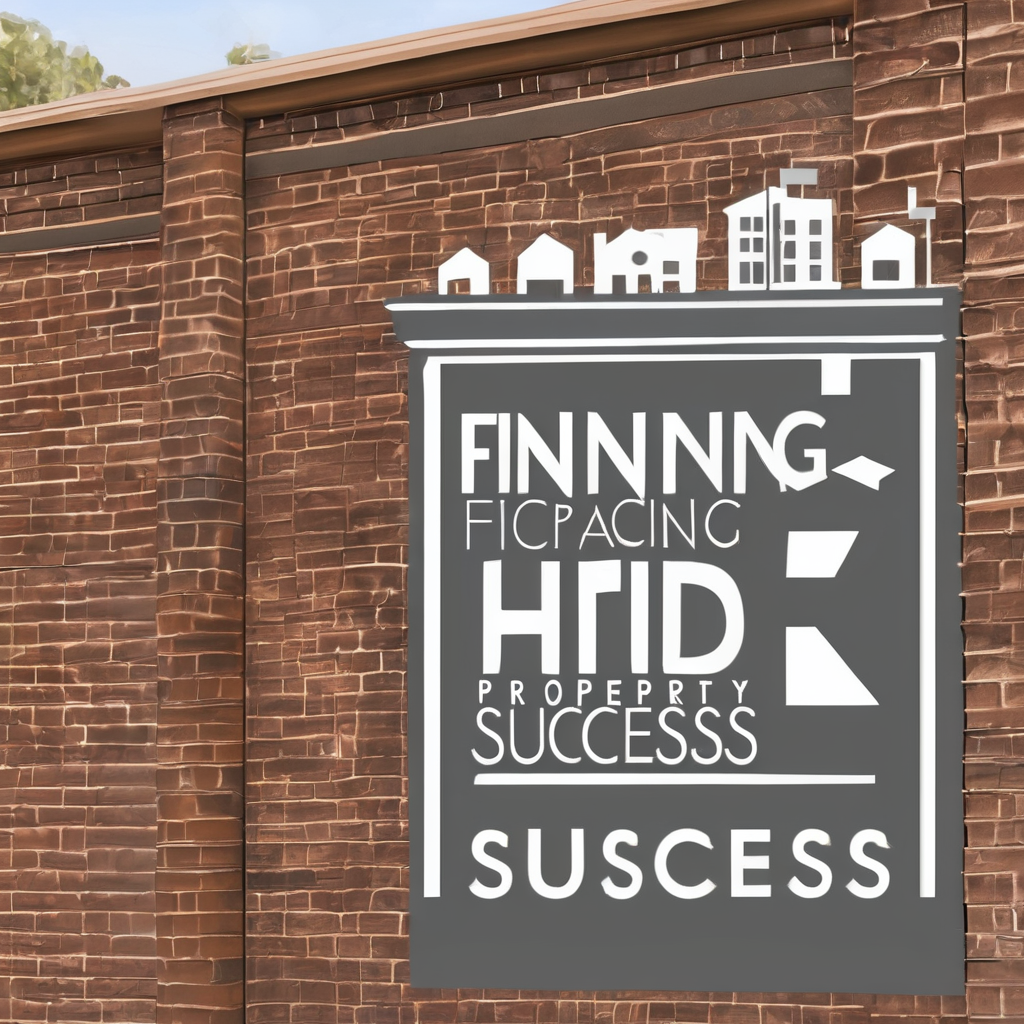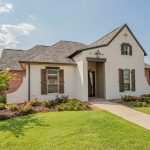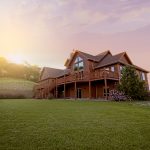As the city of Vancouver grapples with the escalating housing crisis, one solution being considered is the development of family-friendly apartments. This innovative approach to housing addresses the rising costs of rent, the increasing density of urban living, and the need for child-friendly spaces in cities.
Having effective policies and guidelines in place is vital to the success of this initiative. This not only includes the design of the buildings themselves but also the surrounding environment and social infrastructure.
En parallèle : What Are the Best Practices for Sustainable Landscaping in Urban Development Projects?
Incorporating Child-Friendly Design
Designing apartments that are both appealing and suitable for families requires a different approach than traditional urban planning. Families with children have unique needs and preferences, and these should be reflected in the design of the building and the surrounding spaces.
The first consideration for designing family-friendly apartments is the inclusion of child-friendly spaces within the apartment unit itself. This can include bedrooms that can comfortably accommodate two children, living areas that provide space for play and study, and bathrooms that are safe and accessible for kids.
A voir aussi : How to Optimize the Layout of a Multi-Generational Home in the UK?
In addition to the interiors, the building should also feature communal spaces that can be used by families. This can include a safe outdoor play area, a communal garden, or a shared space for social events. These spaces not only provide opportunities for children to play and interact with others but also create a sense of community among the residents.
Balancing Density with Livability
As Vancouver continues to grow and space becomes increasingly scarce, planners are faced with the challenge of balancing density with livability. High-density living can have its advantages, including more efficient use of space and better public transport links. However, it is essential that this does not compromise the quality of life for those living in these high-density areas.
For families, this balance is particularly important. Families need space – not just within their own apartment, but also within the wider building and local area. This can include space for children to play, for parents to socialize, and for community events to take place.
To achieve this, planners might consider building upwards rather than outwards, creating high-rise apartment buildings that make efficient use of space. However, care must be taken to ensure that these tall buildings do not obscure natural light or create a sense of overcrowding.
Implementing Family-Friendly Housing Policy
While good design is essential, it is not sufficient on its own. In order to create truly family-friendly apartments, a supportive policy environment is also needed. This means that municipal governments should implement policies that promote the construction of family-friendly housing and provide incentives for developers to build them.
For instance, the city of Vancouver could introduce a policy requiring a certain proportion of all new housing developments to be family-friendly. This could include requirements for a minimum number of bedrooms, the inclusion of child-friendly features, and the provision of communal spaces.
Additionally, the city could offer tax incentives or other financial benefits to developers who build family-friendly housing. This could encourage more developers to consider this type of housing, increasing the supply and making it more affordable for families.
Ensuring Affordability for Families
Affordability is a key concern for many families, and this is particularly the case in cities like Vancouver where housing costs are high. Therefore, when designing family-friendly apartments, it is important to consider not only the cost of rent, but also the cost of living in the area.
This means considering the availability and cost of local amenities such as schools, healthcare facilities, and grocery stores. The cost of transportation is another critical factor, as families with children often need to travel regularly for school, work, and extracurricular activities.
In order to create truly affordable family-friendly apartments, developers and planners need to consider all of these factors. They should strive to build in areas where families can access essential services without having to travel far or spend a lot of money.
Building a Social Infrastructure
Finally, but no less importantly, designing family-friendly apartments is about more than just bricks and mortar. It’s about building a social infrastructure that supports families and helps them thrive.
This means considering the provision of social services in the local area, including schools, healthcare, and community centers. It also means considering how the design of the building and the wider neighbourhood can support social interaction and community building.
Creating opportunities for interaction can help to build a sense of community among residents, making the apartments more appealing to families. This could include designing shared spaces where residents can meet and socialize, or organizing community events and activities.
In the end, designing family-friendly apartments is a multifaceted challenge that requires careful planning and coordination. But if done right, it can help to create vibrant, inclusive, and sustainable communities that are suitable for all residents – no matter their age or family situation.
Prioritising Accessibility and Safety
Understanding the needs of families and children is paramount when planning family-friendly apartments. Accessibility and safety come first on the list for residents, especially those raising children in suburban builds.
Accessibility doesn’t only refer to the physical aspects of the building, such as lifts and staircases, but also to the apartment layout itself. Apartments should be designed so that children can easily move around, with no hazardous corners or difficult-to-reach areas. The inclusion of ramps, wide corridors and doors, and spacious rooms are simple yet effective ways of ensuring the apartments are accessible to all.
Safety, too, cannot be compromised. Every high-rise building should be equipped with fire safety measures including smoke detectors and fire extinguishers. Balconies should be designed to prevent accidents, possibly by using plexiglass barriers instead of metal bars. In addition, the apartment complex should have secure entrances and exits to safeguard against potential threats.
Beyond the apartments themselves, the neighbourhood should also be safe and accessible. Families prefer areas with low crime rates and easy access to public facilities such as parks, libraries, schools, and healthcare services. Therefore, developers have to take the broader social infrastructure into account when planning family-friendly apartments.
Introducing Green Spaces
Green spaces are often overlooked in high-density housing designs, yet they are crucial to fostering a family-friendly environment. Regardless of the building height, incorporating green spaces such as communal gardens and play spaces can significantly enhance the livability of an apartment complex.
These green spaces provide a crucial outdoor area for children’s play and development. They foster a sense of community among residents, encouraging social interaction and creating a neighbourhood feel within the apartment complex. Having a safe, designated area for kids to play and for adults to relax and socialize can greatly contribute to the overall well-being of residents.
Moreover, green spaces within the apartment complex can also contribute to the environmental sustainability of the project. They provide habitats for local wildlife and help to reduce the urban heat island effect, enhancing the overall liveability of the city.
In Conclusion
Designing family-friendly apartments in suburban London brings to the table several key considerations. It involves not only careful architectural and spatial planning but also an understanding of the needs and preferences of families. These include ensuring accessibility and safety, balancing density with livability, implementing supportive housing policies, making it affordable, and last but not least, building a supportive social infrastructure.
Furthermore, the value of green spaces within residential areas cannot be overstated. They not only offer opportunities for play and social interaction but also contribute to environmental sustainability.
The task is indeed multifaceted, but the rewards are bountiful. By rising to the challenge, developers can create vibrant and inclusive communities where families thrive. In doing so, we can hope to see a future where the dream of family-friendly, affordable, and well-designed housing becomes a reality for all families across North America and beyond.






